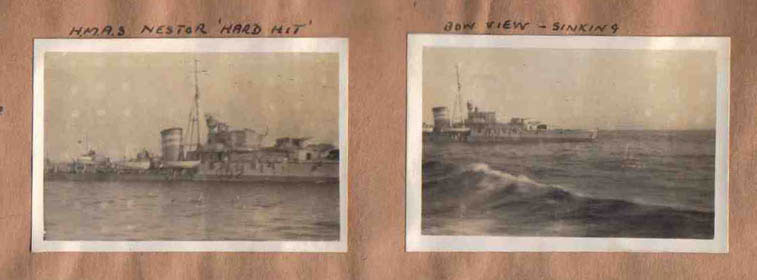

Empires of the Sea
Empires of the Sea
The idea of Empires of the Sea arose as a natural sequel to Constantinople: The Last Great Siege. The Ottoman capture of the city opened up the prospect to the west and paved the way for Islam to confront the sea. I found myself following the gaze of Mehmet the Conqueror as he stood on the roof of St Sophia on 29 May 1453 and looked at the new maritime frontier. How would the territorially minded Ottomans react to the challenge? Islam is primarily a religion of the desert forged by hard-riding nomads; Christianity, whose symbol is a fish and whose chief missionary, St Paul, was an enduring voyager, was a creation of the Mediterranean basin, spread by ship. I was curious to investigate this new collision of empires and faiths.
At the same time, writing a book about the Mediterranean was a chance to revisit my own past. My father was a career naval officer who spent a large part of his working life traversing the sea in peace and war. In June 1942, he was first-lieutenant of an Australian destroyer, the Nestor, on convoy duty to Malta. During intense air attacks, she was straddled by bombs; with power knocked out, men dead, the boiler room flooded and fire raging in the next compartment, my dad and three volunteers climbed down into the magazine in the dark, feverishly passing out munitions in attempt to save the ship. It proved in vain; the Nestor had to be abandoned and sunk. She lies on the seabed south of Crete.
Years later, when my father was captain of a destroyer squadron stationed on Malta, my brother and I went there for school holidays. I can remember standing on the tarmac at Luqa airport at the age of nine, feeling the blast of Mediterranean heat for the first time. After the grey skies of England it was an entrancing encounter, which has proved endlessly alluring over the years. I have returned repeatedly to the middle sea – though never, until recently, to Malta – and I was looking for an excuse to write about it. This book is some kind of witness to a formative sense of place.
In the process I was made to rethink my personal image of the Mediterranean. The sea that I have explored in Empire of the Sea is not the place of enchantment we now come to view from the comfort of cruise ships. It was dangerous, impoverished and terribly violent, a place where ships were unseaworthy and storms sudden, where no one set sail without committing his soul to God, and piracy kept the coasts and islands in perpetual misery.
What made the research so compelling was the abundance – sometimes the over-abundance – of vivid sources. The sixteenth century witnessed an explosion of printing and the serious collection of diplomatic archives. There is a wealth of startling contemporary accounts, in which the figures of the time spring to life in their own words. ‘Four hundred men left alive…don’t lose an hour’, comes a breathless plea from the siege of Malta, urgent as morse from a sinking ship. I found these frontline communiqués riveting, and visited as many of the places from which they were sent as I could comfortably manage. Along the way I inspected castles, harbours, museums, churches, tombs, mosques and forts, but although I have looked at many dramatic representations of sea battles, the ships themselves have been visible by their absence. To my knowledge, the Istanbul Naval Museum contains the world’s only authentic surviving galley – and that from a century later. The sea has swallowed the evidence: like the Nestor, the galleys have gone into the murky depths.
